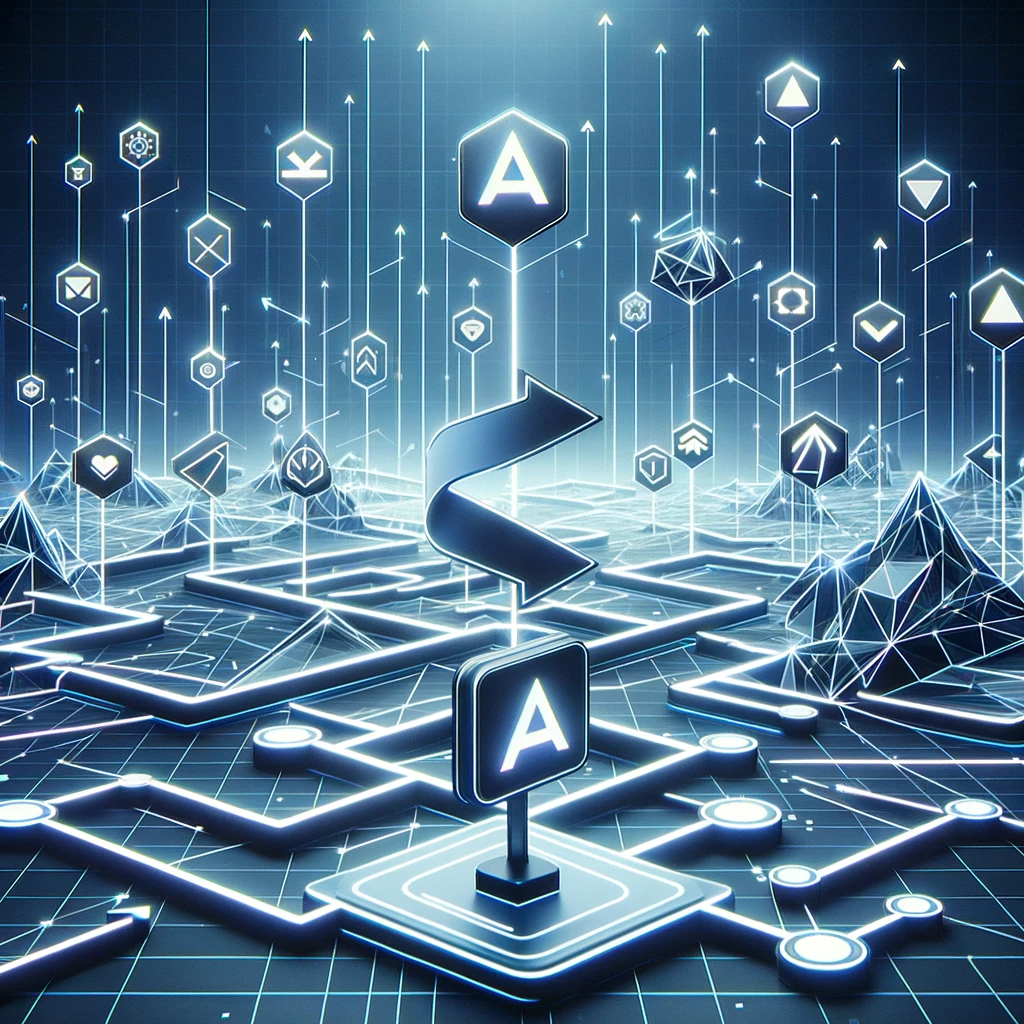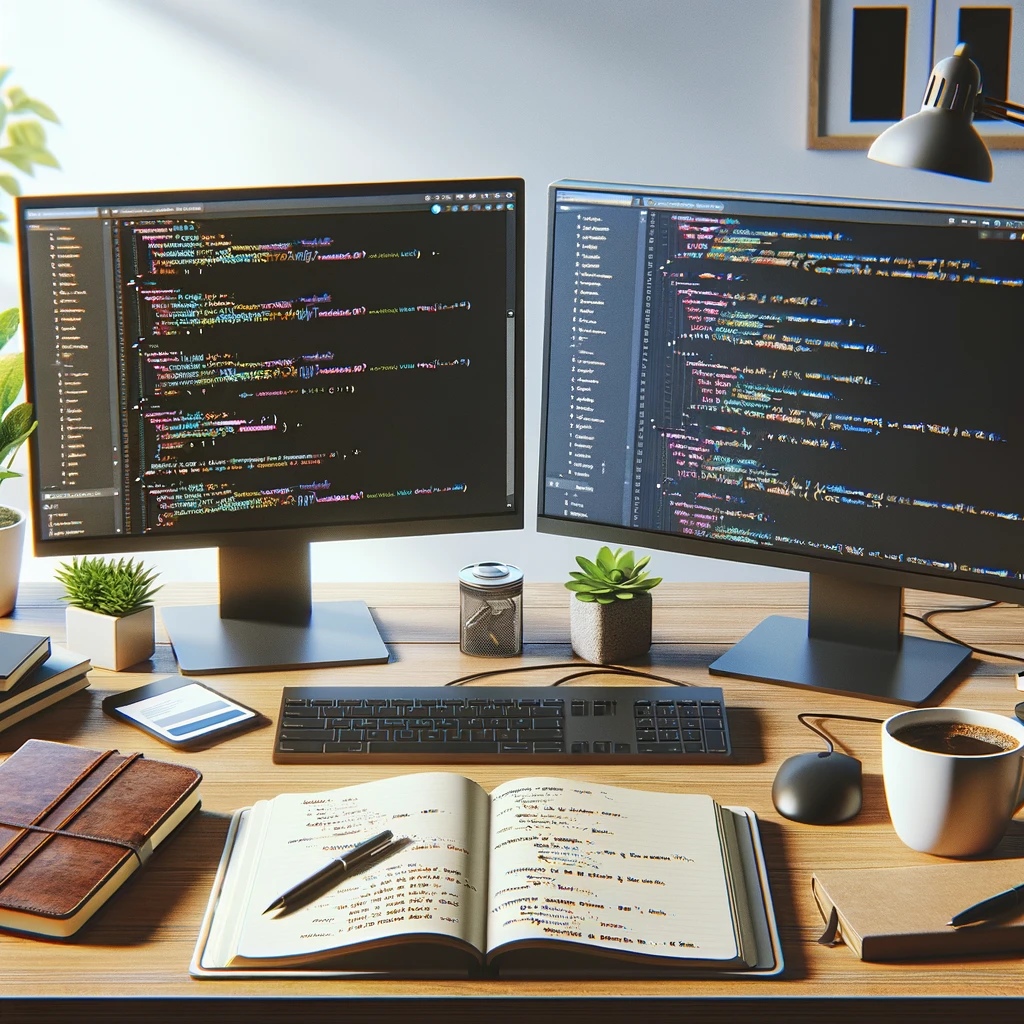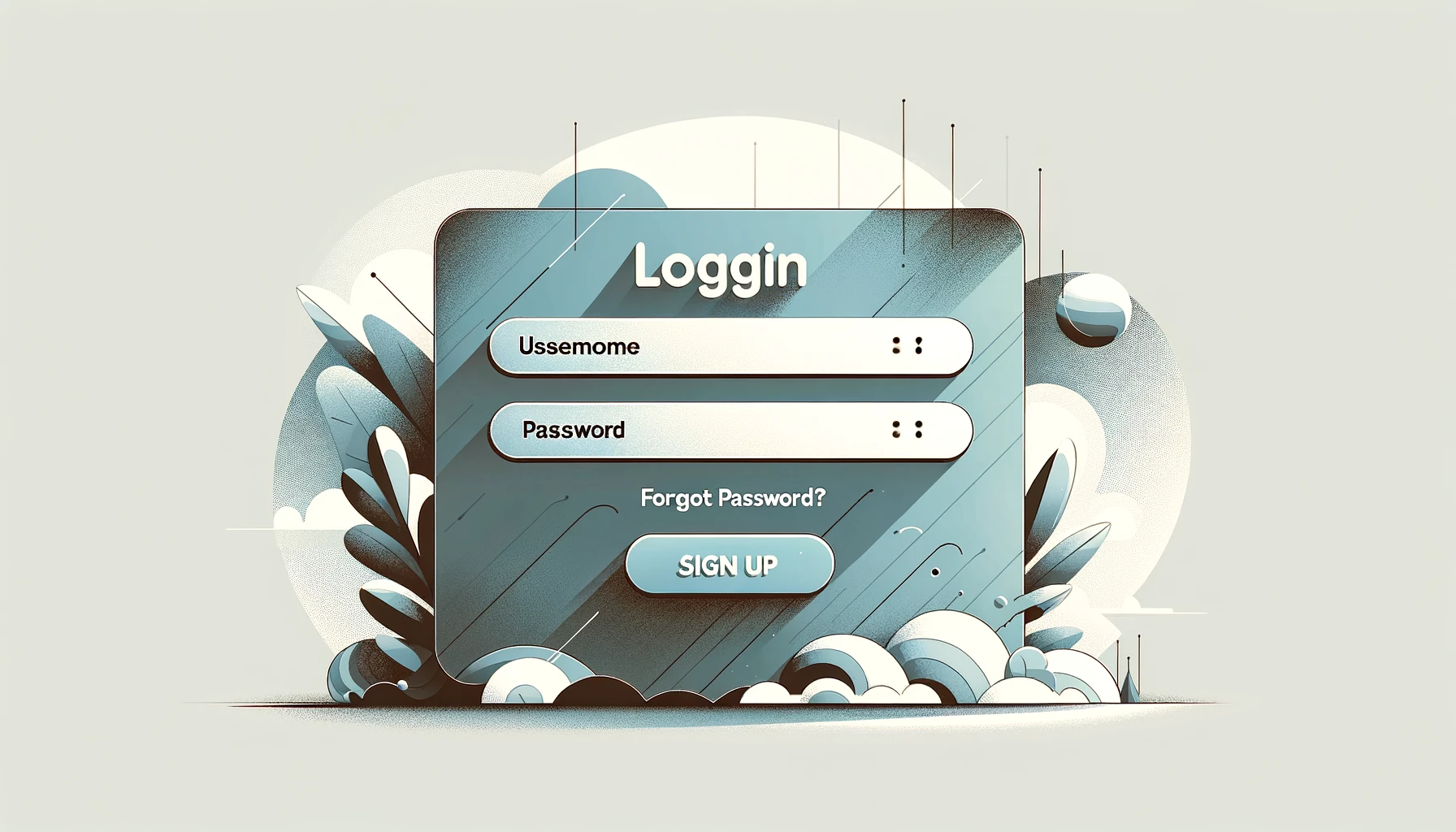Category: Angular
-
How to insert the ng-template into dynamically added external element in Angular?
To insert an ng-template into a dynamically added external element in Angular, you would typically use Angular directives to control where and how the template is rendered. However, for dynamically added external elements (elements that are added to the DOM outside of Angular’s normal rendering process), you will need to interact with Angular’s rendering engine…
Written by

-
Full-Stack Development Project with Angular for the frontend and Node.js for the backend
Embarking on a full-stack development project with Angular for the frontend and Node.js for the backend can be an exciting venture, offering a blend of performance, scalability, and a rich ecosystem. Here’s a high-level overview of how to start such a project, including considerations for planning, development, and deployment. Project Planning Development Environment Setup Backend…
Written by

-
Implementing a Signals Store in an Angular application
Implementing a Signals Store in an Angular application involves creating a centralized place to manage state and events, enhancing the predictability and maintainability of your app. Angular, by design, does not include a built-in solution for state management akin to Redux in React. However, Angular developers often rely on libraries like NgRx, Akita, or NgXS…
Written by

-
Creating a user registration form in Angular and saving the data to a backend
Creating a user registration form in Angular and saving the data to a backend involves several steps, including setting up the Angular environment, creating the form using Angular Forms, and setting up the backend to receive and store the data. Below is a simplified outline of the process: 1. Setting up Angular First, ensure you…
Written by

-
How to protect Angular routes with a guard?
In Angular, protecting routes with a guard involves creating a service that implements the CanActivate interface from the @angular/router package. This service will define the logic to determine if a route can be activated based on certain conditions, such as user authentication status. Here’s a step-by-step guide on how to protect routes using a guard:…
Written by

-
Fetching data in an Angular application using RxJS
Fetching data in an Angular application using RxJS (Reactive Extensions for JavaScript) is a common practice to handle asynchronous data streams like HTTP requests. Angular comes with its own HttpClient module that returns observables from RxJS, making it easy to integrate with the RxJS library for reactive programming. Here’s a step-by-step guide on how to…
Written by

-
Working demo for a project that integrates Angular 17 with .NET Core
Finding a working demo for a project that integrates Angular 17 with .NET Core involves looking for sample projects or tutorials that demonstrate how to use these technologies together. Angular is a popular framework for building client-side applications, while .NET Core is a cross-platform framework for server-side development. Integrating them allows for the creation of…
Written by

-
Implementing authentication in an Angular 17 application using NgRx
Implementing authentication in an Angular 17 application using NgRx involves several steps, including setting up NgRx in your Angular project, creating the necessary actions, reducers, and effects for handling authentication, and integrating with a backend for actual authentication. Here’s a step-by-step guide to get you started: 1. Setting Up Angular 17 and NgRx Make sure…
Written by

-
Convert Responsive Ecommerce HTML Template into Angular 17 Project
Hello friends, welcome back to my blog. Today this blog post I will tell you, Convert Responsive Ecommerce HTML Template into Angular 17 Project. Angular17 came and Bootstrap5 also and if you are new then you must check below two links: Friends now I proceed onwards and here is the working code snippet for Converting…
Written by

-
Implementing PrimeNG with Angular 17
Implementing PrimeNG with Angular 17 involves a few steps to set up your environment and integrate PrimeNG components into your Angular application. Here’s a guide to get you started: Step 1: Setting Up Angular 17 First, you need to set up an Angular project if you haven’t done so already. Make sure you have the…
Written by
